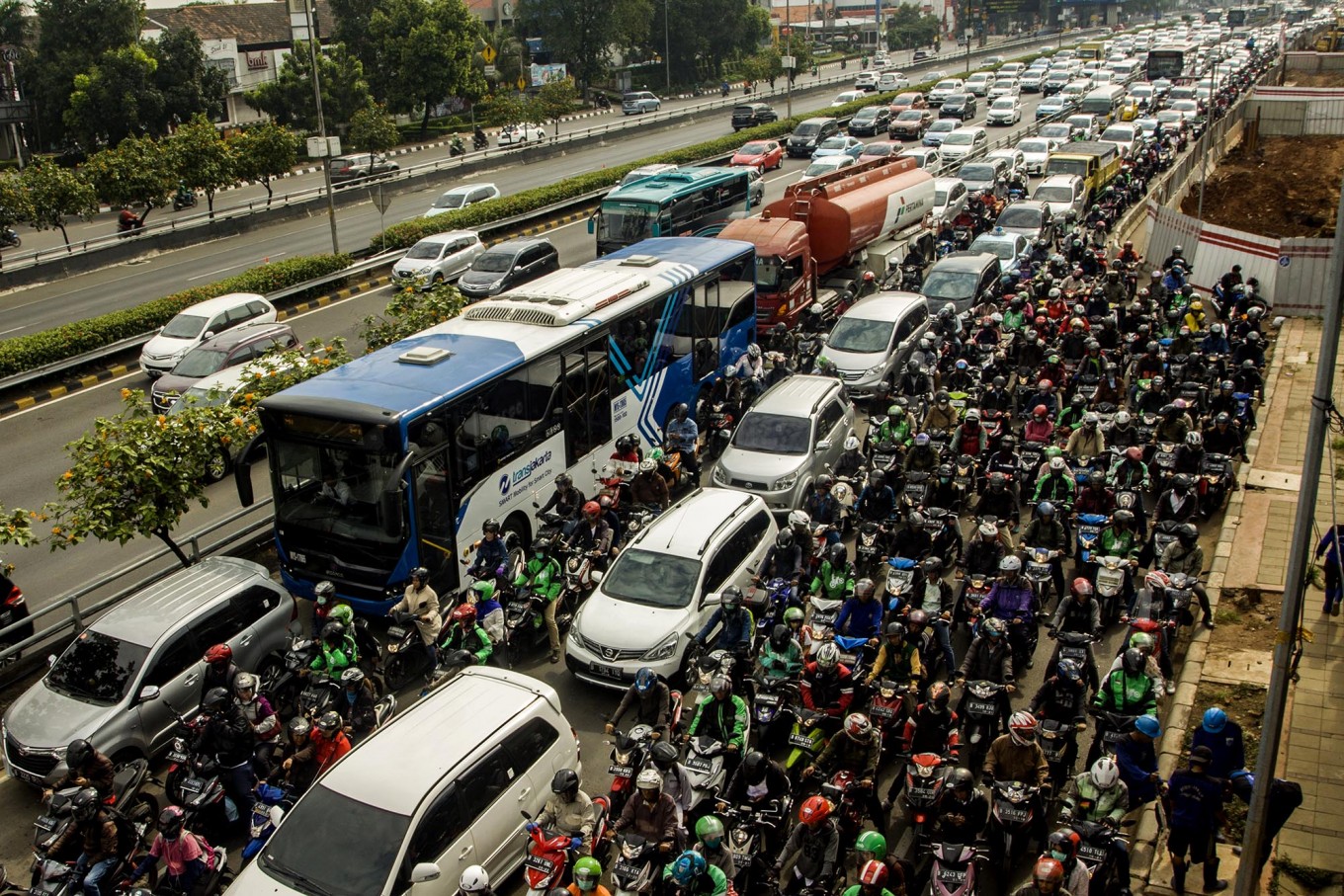Most people may not know, but Jakarta, as the capital city of the country, has one the highest subsidence rate in the world. Land subsidence is essentially a natural phenomenon, but the negative impact of anthropogenic activity has accelerated the rate. Nationally, Indonesia is experiencing demographical bonus where population of younger age is more than the older one. In consequence, the country needs to provide more work opportunities and accommodate the new wave of young entrepreneurs which has trending lately and still has much potential. The growing population also contributes to faster urbanization rate. Java is currently home to many urban agglomerations such as Jabodetabekjur, Gerbangkertosusilo, and Sarbagita, and it is estimated to become an urban island in 2045. From the economic perspective, 1% in urbanization growth can contribute to 4% of GDP per capita increased.
The current issues of Jakarta extend from transportation, housing condition, drinking water access, and wastewater management, also land use change. In the currently high-mobility urban population within Jabodetabek, the public transportation system in the capital area are not yet sufficient. The Province of Jakarta scores high in all four sub-standard housing indicators. There are still many houses with inadequate roof/wall/floor condition, narrow living area, and limited access to improved drinking water and sanitation. The land-water interaction controls the issues of flooding, raw water limitation, river and bay pollution, also land limitation, in particular for practicing agriculture that provides food for the people. The urban growth in the bordering regions of Jakarta promotes land use change for built-up areas (e.g., settlements, offices, and industry). Consequently, less and less arable lands are available for producing crop and this adds pressure to the food system in the surrounding area.

The described situation above calls for a complex system of solution, not only to resolve the challenges but also to supervise the urban development to be kept sustainable. The National Development Planning Agency (BAPPENAS) works to formulate concepts, mostly for the infrastructure systems, that will be implemented in the nation. More importantly, the implementation of any measures will be aligned with the principal of Sustainable Development Goals (SDGs) and NUA (New Urban Agenda) for cities those are liveable, competitive, green and resilient, also have local identities.





